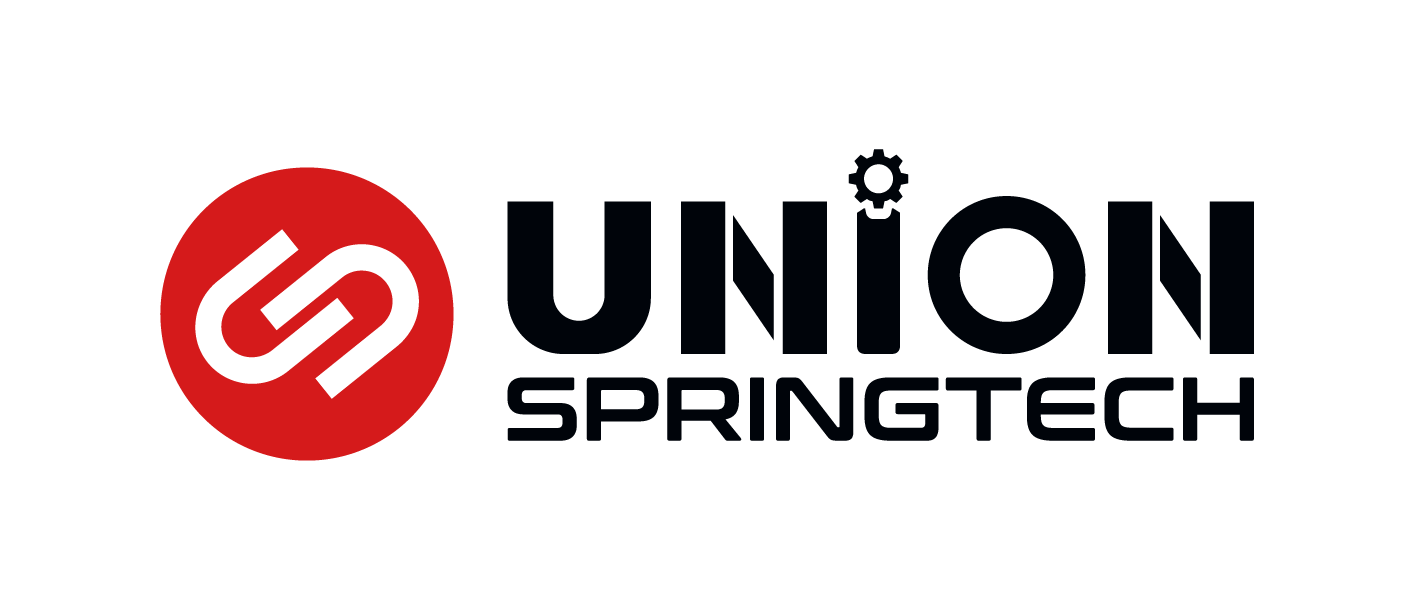Inductor coil winding machine is an indispensable piece of equipment in the modern electronics manufacturing industry. With the rapid development of electronic technology, inductor coils are an important part of electronic components, and their production efficiency and product quality requirements are also increasing day by day. As a key equipment for the production of inductor coils, the inductor coil winding machine's performance and technical level directly affect the quality and production efficiency of the product.

The main function of the inductor coil winding machine is to automatically wind bare copper wire, enameled wire and other wires according to the preset number of turns and specifications to form an inductor coil. It usually consists of a host machine, a control system, a pay-off device, a take-up device, a tension control device and other parts. The main machine is the core part of the winding machine, responsible for the winding and shaping of the wire; the control system is responsible for the automatic control of the entire winding process, including the setting and adjustment of winding speed, number of turns, tension and other parameters; the pay-off device and The take-up device is responsible for conveying and recycling the wire to ensure the continuity and stability of the winding process; the tension control device is used to control the tension of the wire to ensure the molding quality and stability of the coil.

The advantage of the inductor coil winding machine is its high degree of automation and intelligence. Through preset programs and control systems, rapid switching and production of inductor coils of different specifications can be achieved, greatly improving production efficiency and flexibility. At the same time, the accuracy and stability of the winding machine have also been greatly improved, which can ensure the consistency and reliability of the coil and reduce product defect rates and maintenance costs.
However, there are also some challenges and problems with inductor coil winding machines. First of all, with the continuous upgrading and replacement of electronic products, the specifications and requirements of inductor coils are also constantly changing, which puts forward higher requirements for the adaptability and flexibility of winding machines. Secondly, the accuracy and stability of the winding machine are also affected by various factors such as wire quality, tension control, and mechanical accuracy. It is necessary to continuously improve the technical level and manufacturing process to ensure the quality and stability of the product.
In response to these problems, modern inductor coil winding machines are also constantly undergoing technological innovation and upgrades. On the one hand, by introducing advanced control algorithms and sensor technology, precise control of parameters such as wire tension, speed, and number of turns is achieved, and the accuracy and stability of the product are improved. On the other hand, by using new materials and high-precision manufacturing processes, the mechanical precision and durability of the winding machine are improved, and the failure rate and maintenance costs are reduced.
In addition, with the rapid development of intelligent manufacturing and Industry 4.0, inductor coil winding machines are also developing in the direction of digitalization, networking, and intelligence. By introducing Internet of Things technology and big data analysis, real-time monitoring and analysis of winding machine operating status, production efficiency, product quality and other information can be achieved, helping enterprises achieve intelligent manufacturing and refined management.
In general, as an important equipment in the electronics manufacturing industry, the inductor coil winding machine's performance and technical level directly affect the quality and production efficiency of the product. With the continuous advancement and innovation of technology, it is believed that inductor coil winding machines will play a more important role in the future and promote the continued development and progress of the electronic manufacturing industry.


